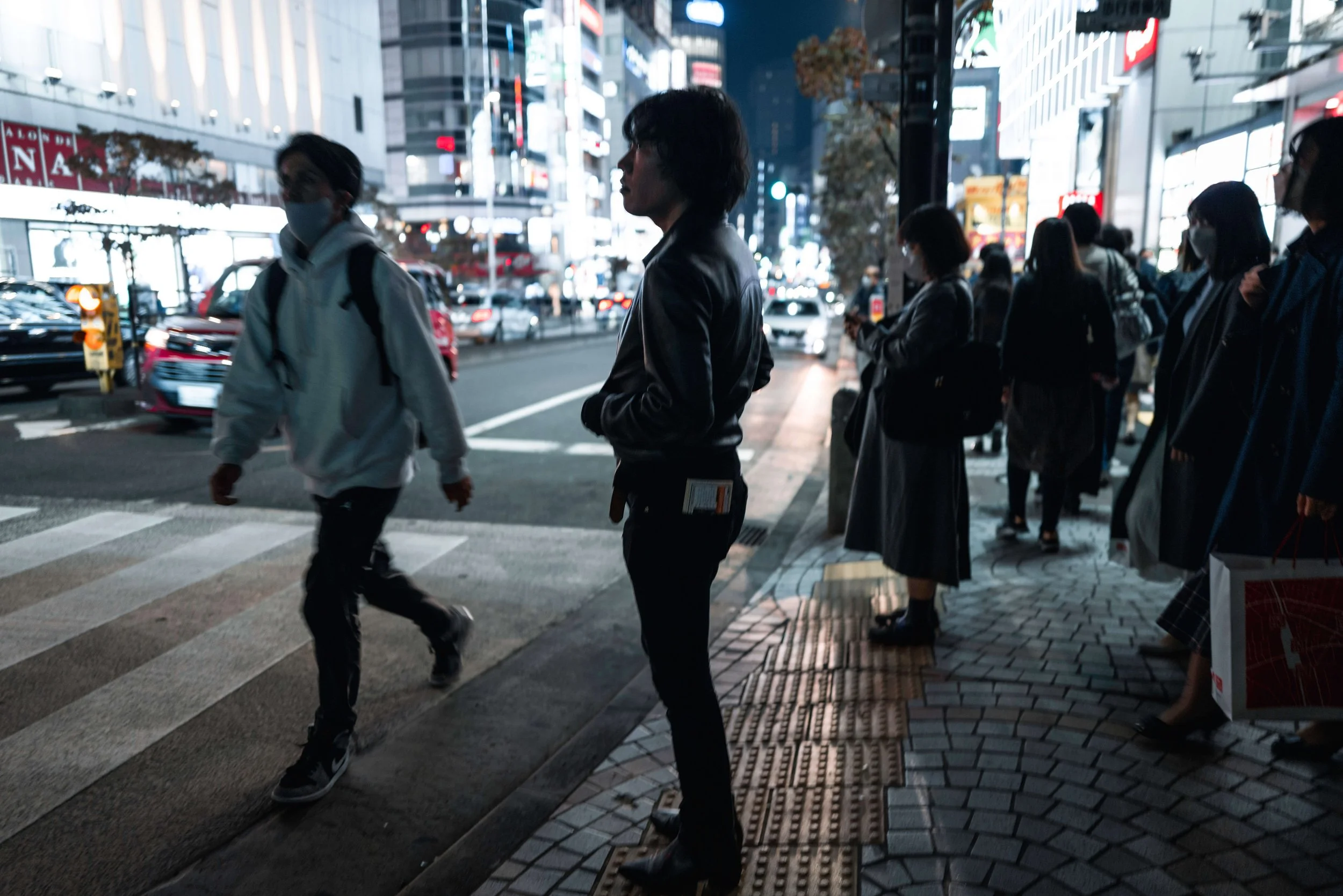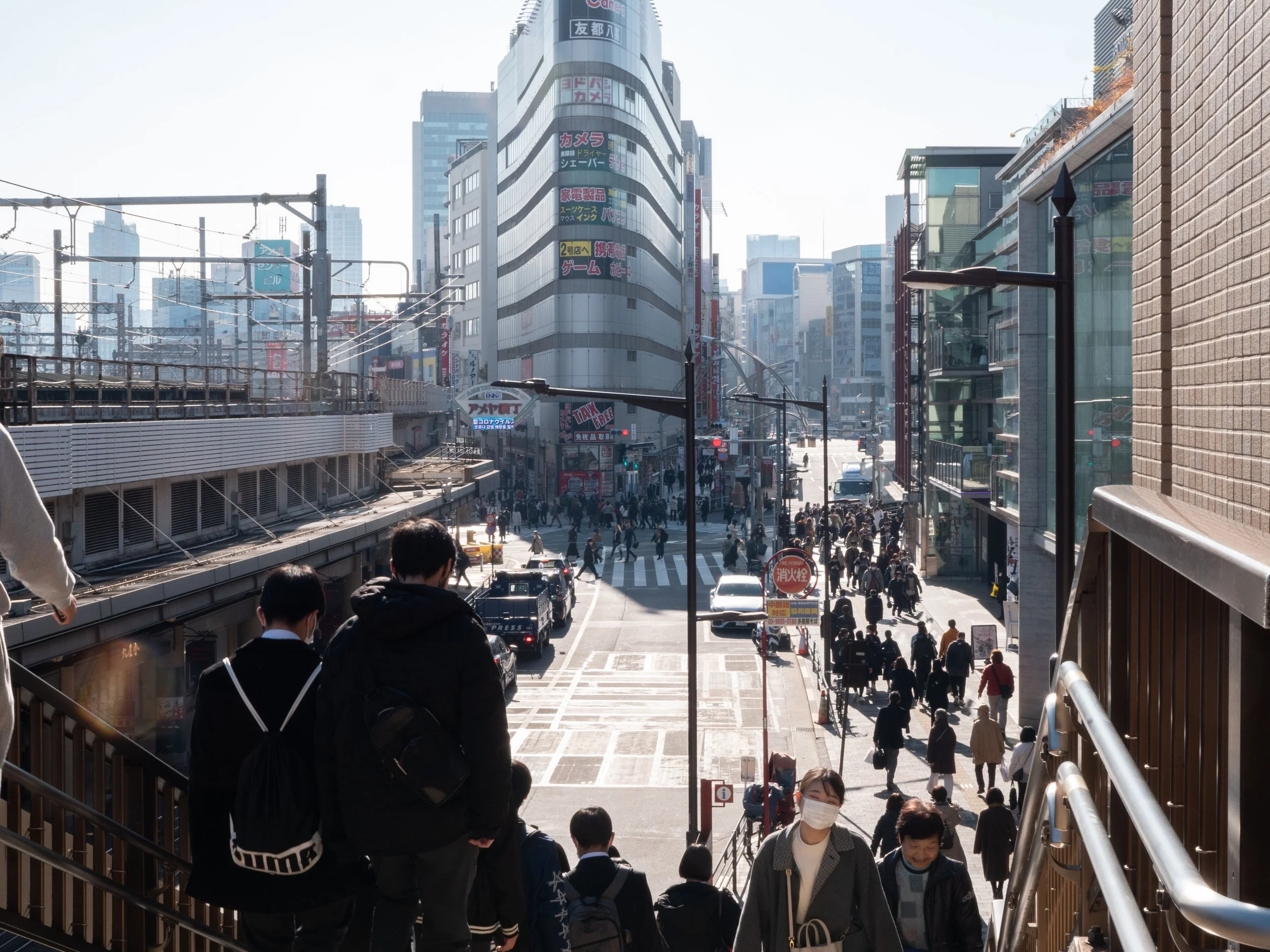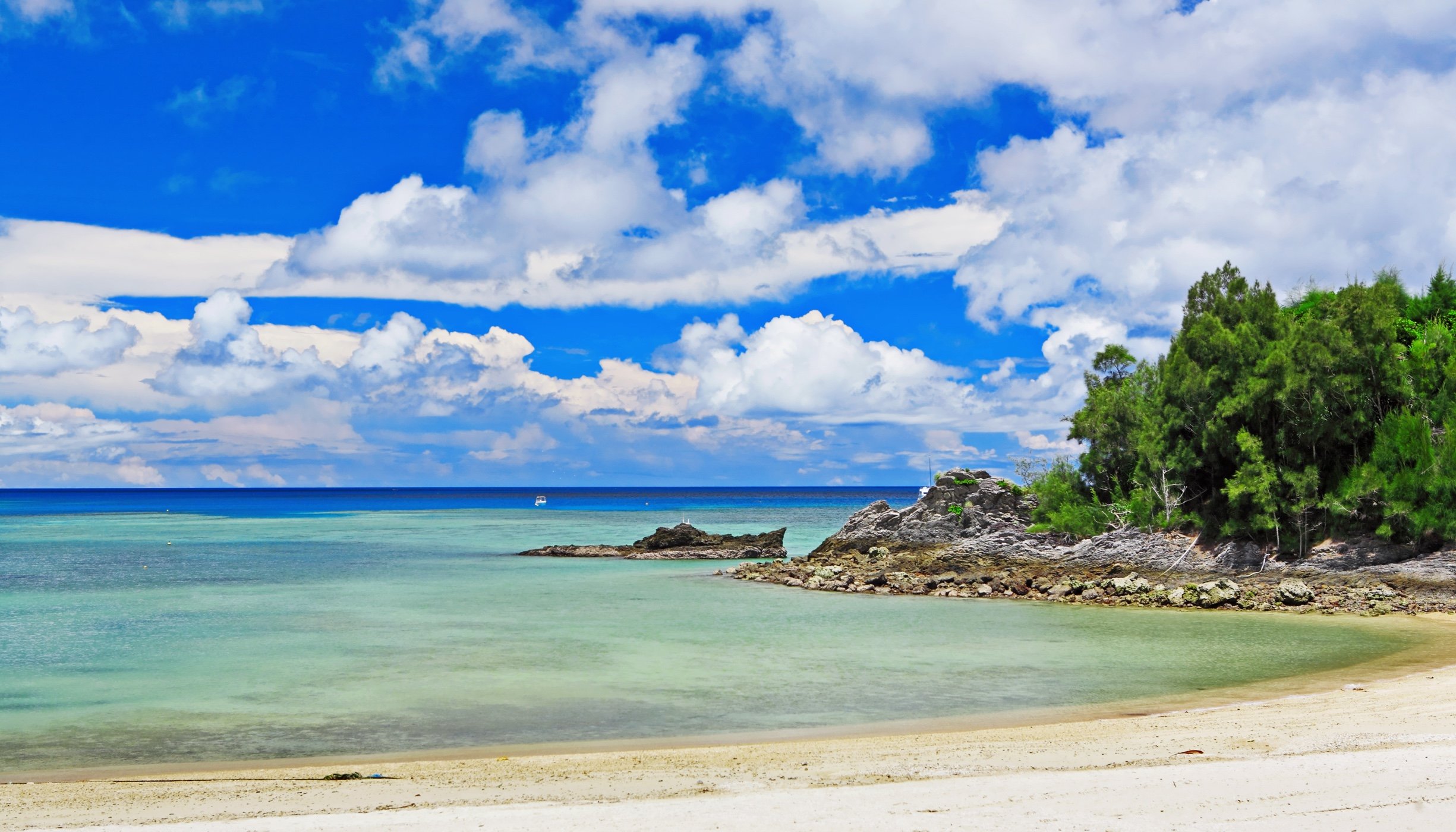Kamakura
鎌倉
Kamakura (鎌倉) is a coastal city in Kanagawa Prefecture, less than an hour south of Tokyo. The city became the political centre of Japan when Minamoto Yoritomo chose it as the seat for his new military government in the late 12th century. The Kamakura government continued to rule Japan for over a century, first under Shogun Minamoto and then under the Hojo regents.
After the decline of the Kamakura government in the 14th century and the establishment of its successor, the Muromachi government in Kyoto, Kamakura remained the political centre of eastern Japan for some time.
Today, Kamakura is a small town and a popular tourist destination. Sometimes called the Kyoto of eastern Japan, Kamakura offers numerous temples, shrines and other historical monuments. In addition, Kamakura's sandy beaches attract large crowds during the summer months.









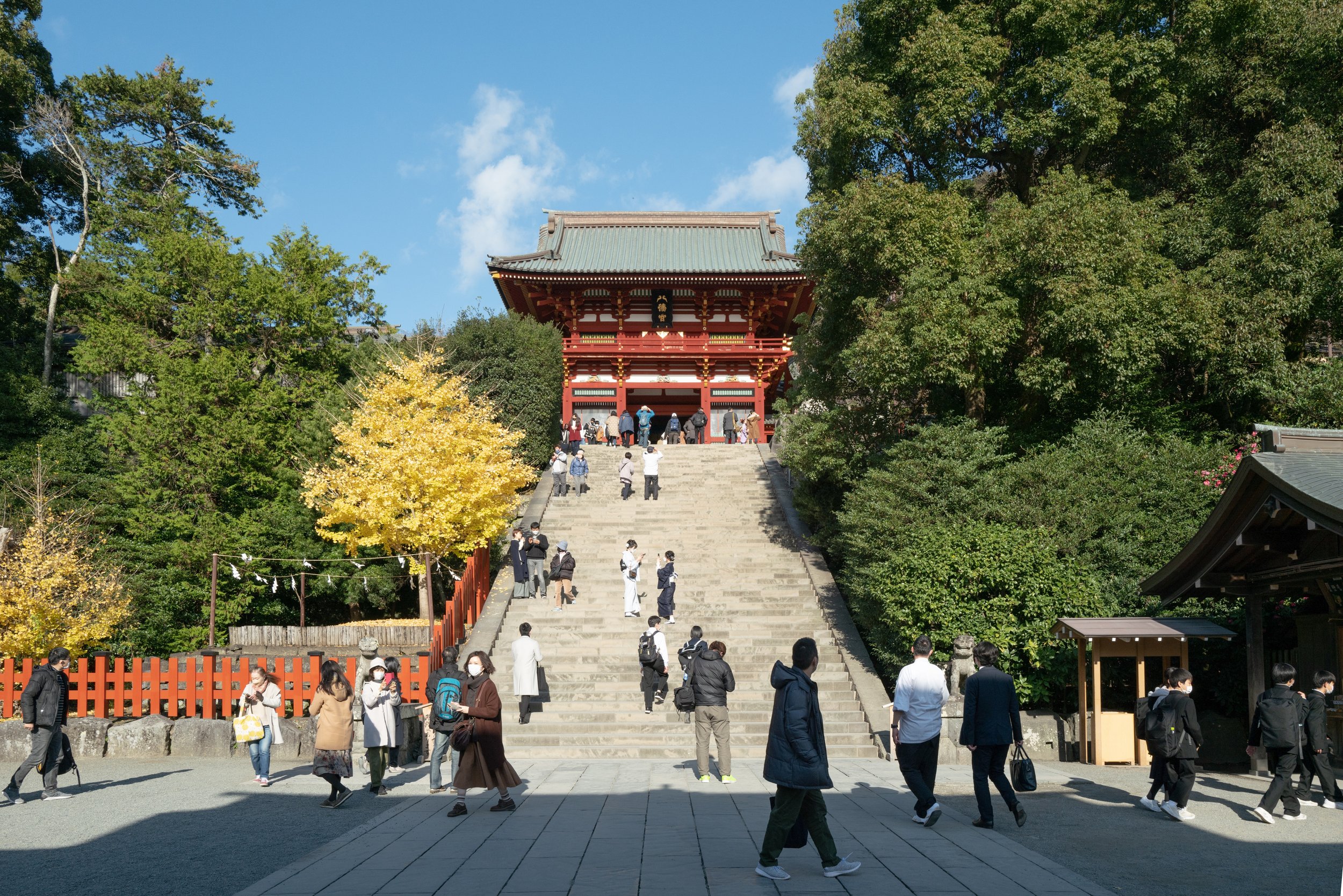


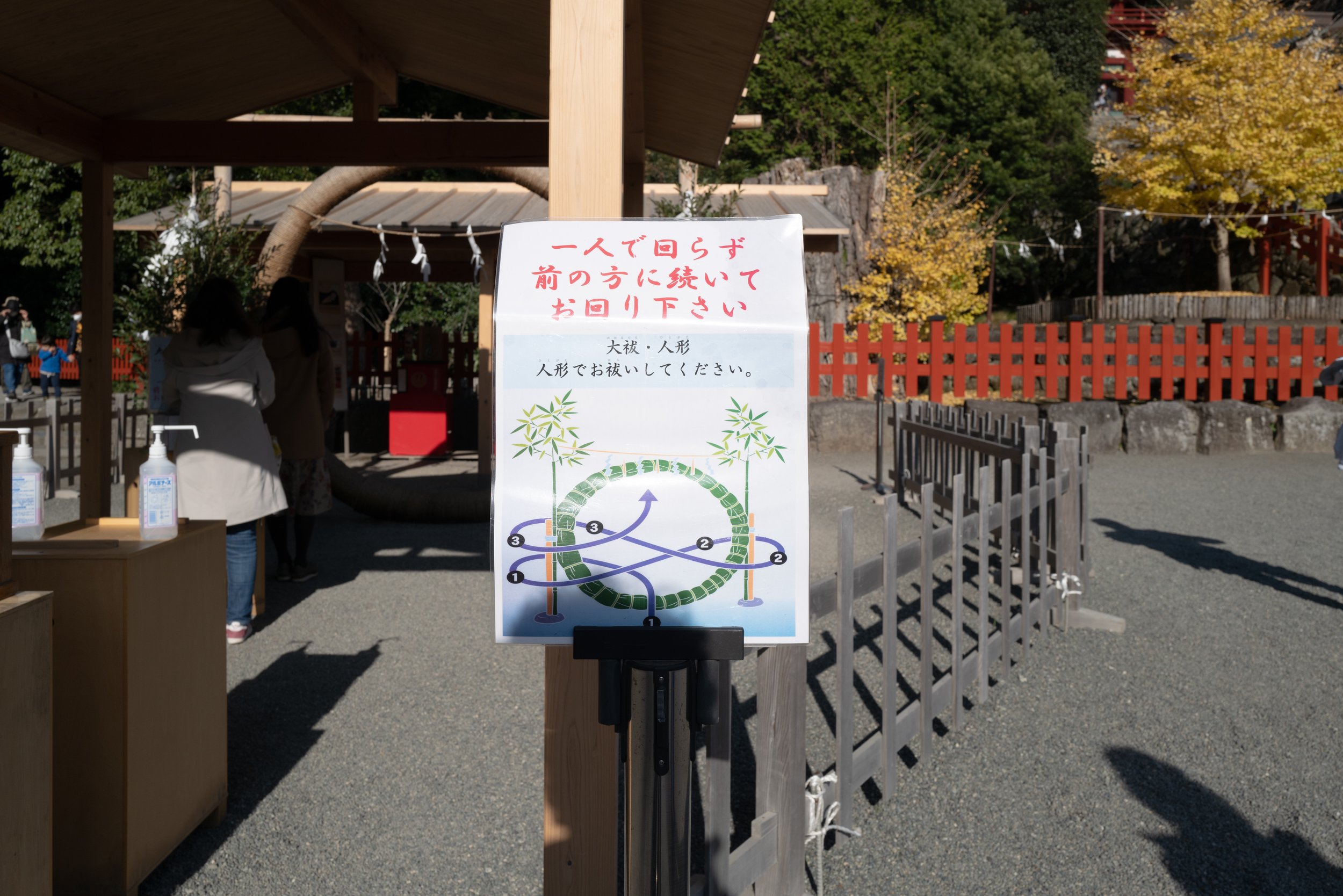

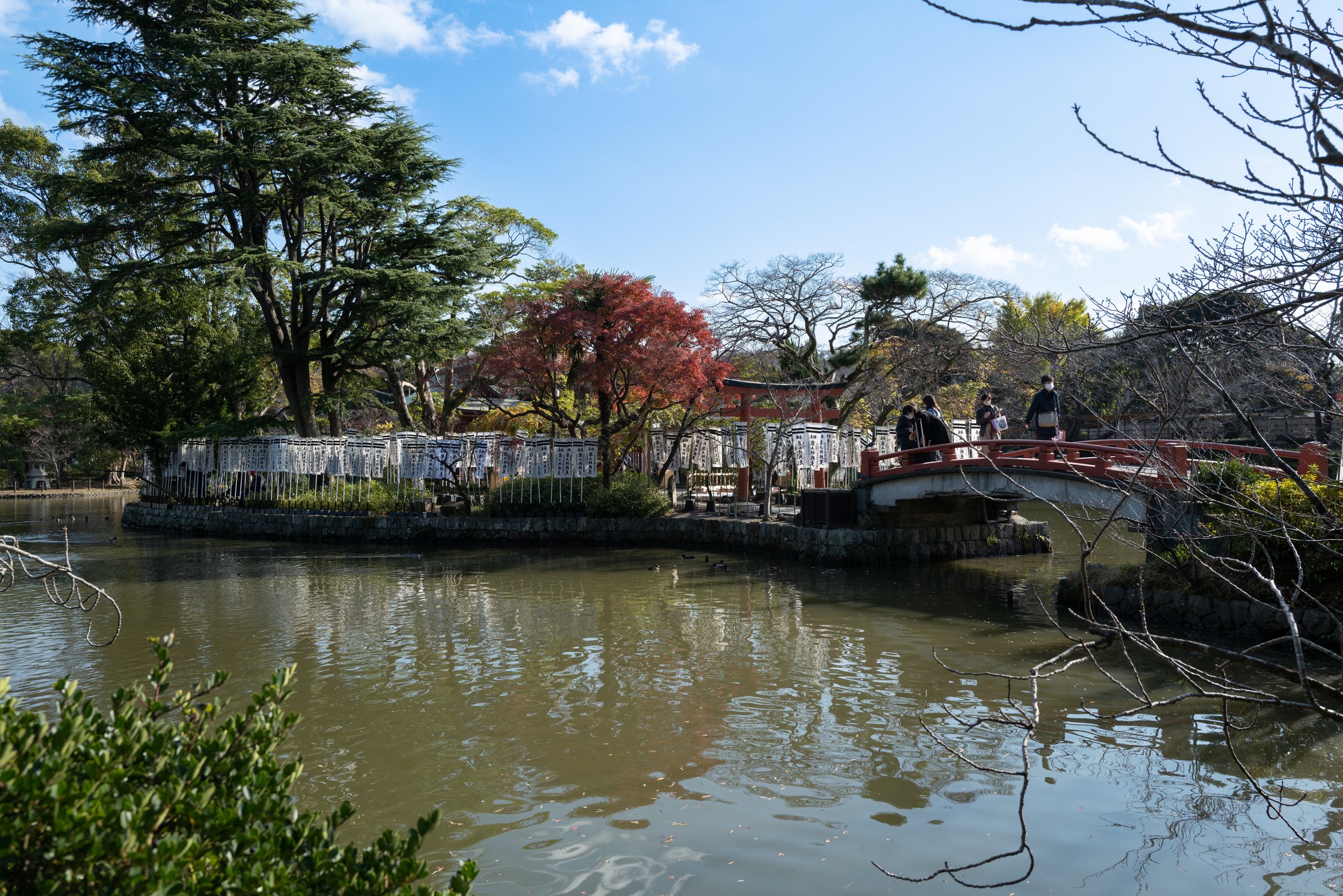

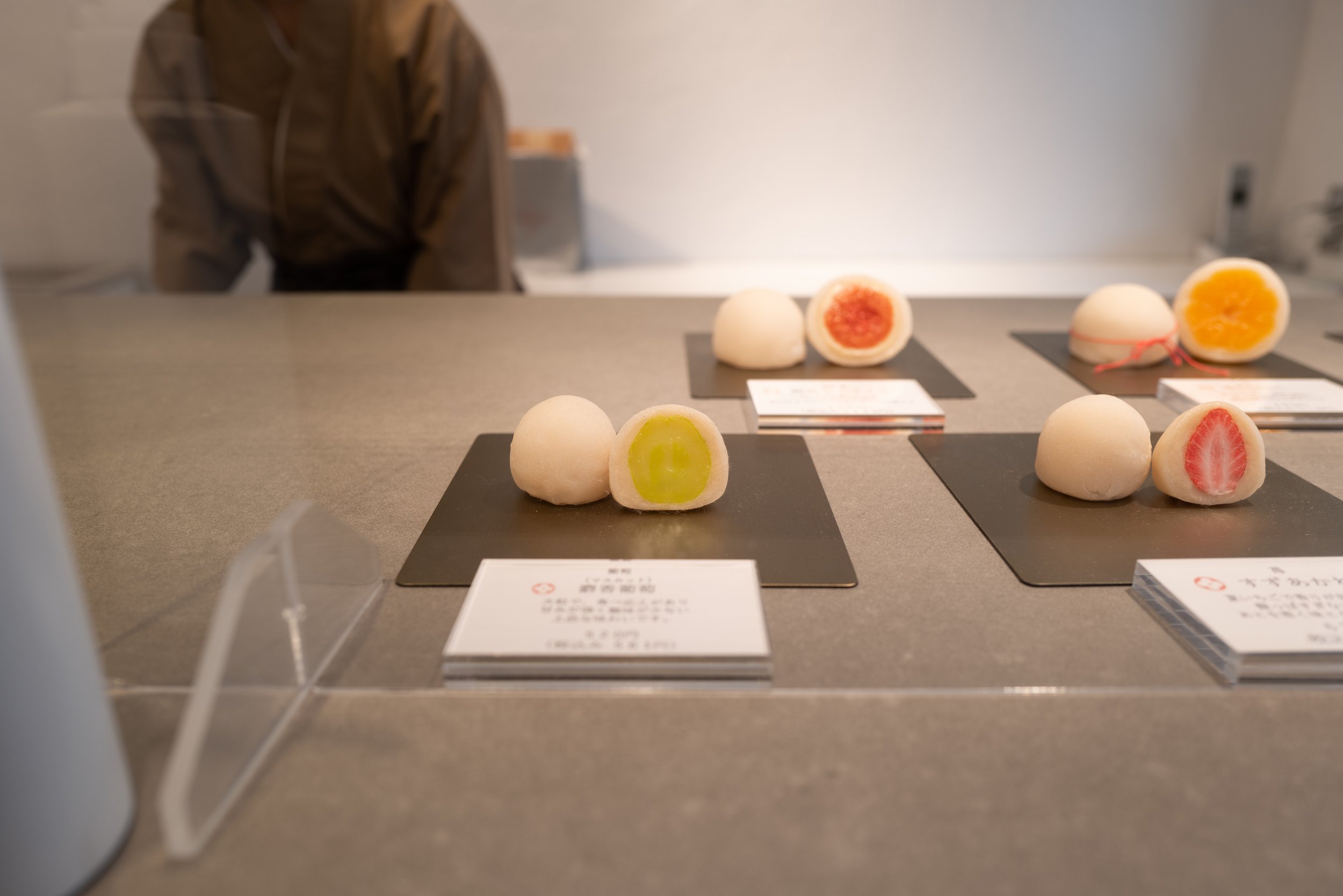
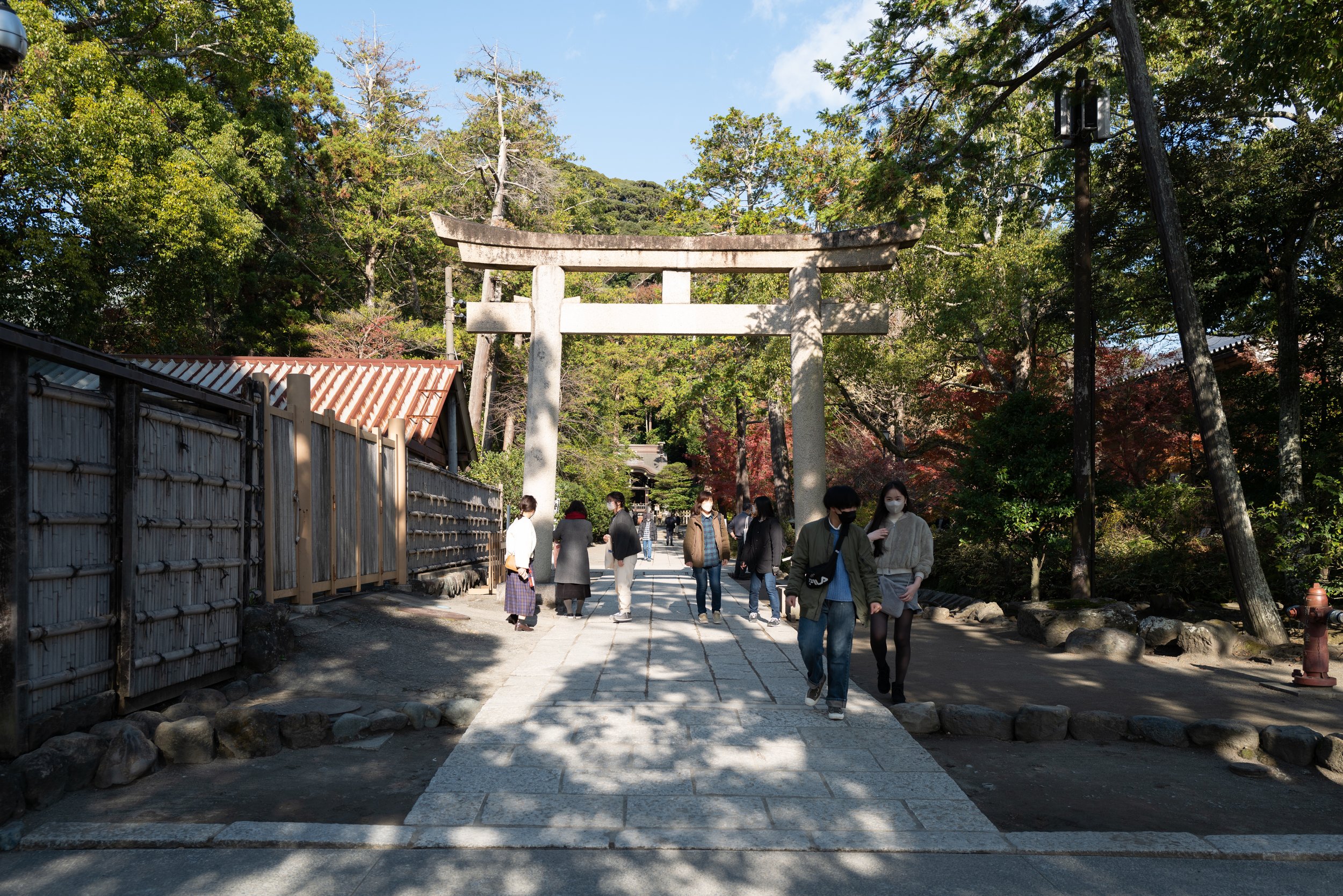






TSURUGAOKA HACHIMANGU SHRINE
Tsurugaoka Hachimangu (鶴 岡 八 幡 宮, Tsurugaoka Hachimangū) is the most important shrine in Kamakura. It was founded by Minamoto Yoriyoshi in 1063 and expanded and moved to its current location in 1180 by Minamoto Yoritomo, the founder and first shogun of the Kamakura government.
The shrine is dedicated to Hachiman, the patron god of the Minamoto family and the samurai in general. The deified spirits of the ancient emperor Ojin identified with Hachiman, Hime-gami and Empress Jingu are enshrined in the Tsurugaoka Hachimangu Shrine.
The shrine is reached via a long, wide avenue leading from the Kamakura waterfront through the entire city centre, with several torii along the way. The main hall (Hongu or Jogu) is located on a terrace at the top of a wide flight of steps. The main hall includes a small shrine museum, displaying various treasures belonging to the shrine, such as swords, masks and documents.
To the left of the staircase, there was until 2010 a large ginkgo tree, which preceded the shrine. Every autumn, the tree turned golden, but did not survive a winter storm in March 2010. At the base of the staircase is the Maiden, a stage for dance and music performances. Other structures in the shrine grounds include the Wakamiya Shrine, a secondary shrine to the right of the staircase and various auxiliary buildings.
Next to the main avenue leading to the shrine are two ponds. One pond represents the Minamoto clan and has three islands, while the other represents the Taira clan, the rivals of Minamoto, and has four islands, as the number four can be pronounced as 'death' in Japanese. A garden, known for its peonies, surrounds the Minamoto pond midway. It is open seasonally in spring and winter and admission costs 500 yen.
Various events take place at the shrine throughout the year. During the New Year holiday, it records over two million visitors, making it one of the country's most famous shrines for Hatsumode (the first visit of the year to a shrine). In mid-April and mid-September, horseback archery (yabusame) is performed along the shrine's main avenue.





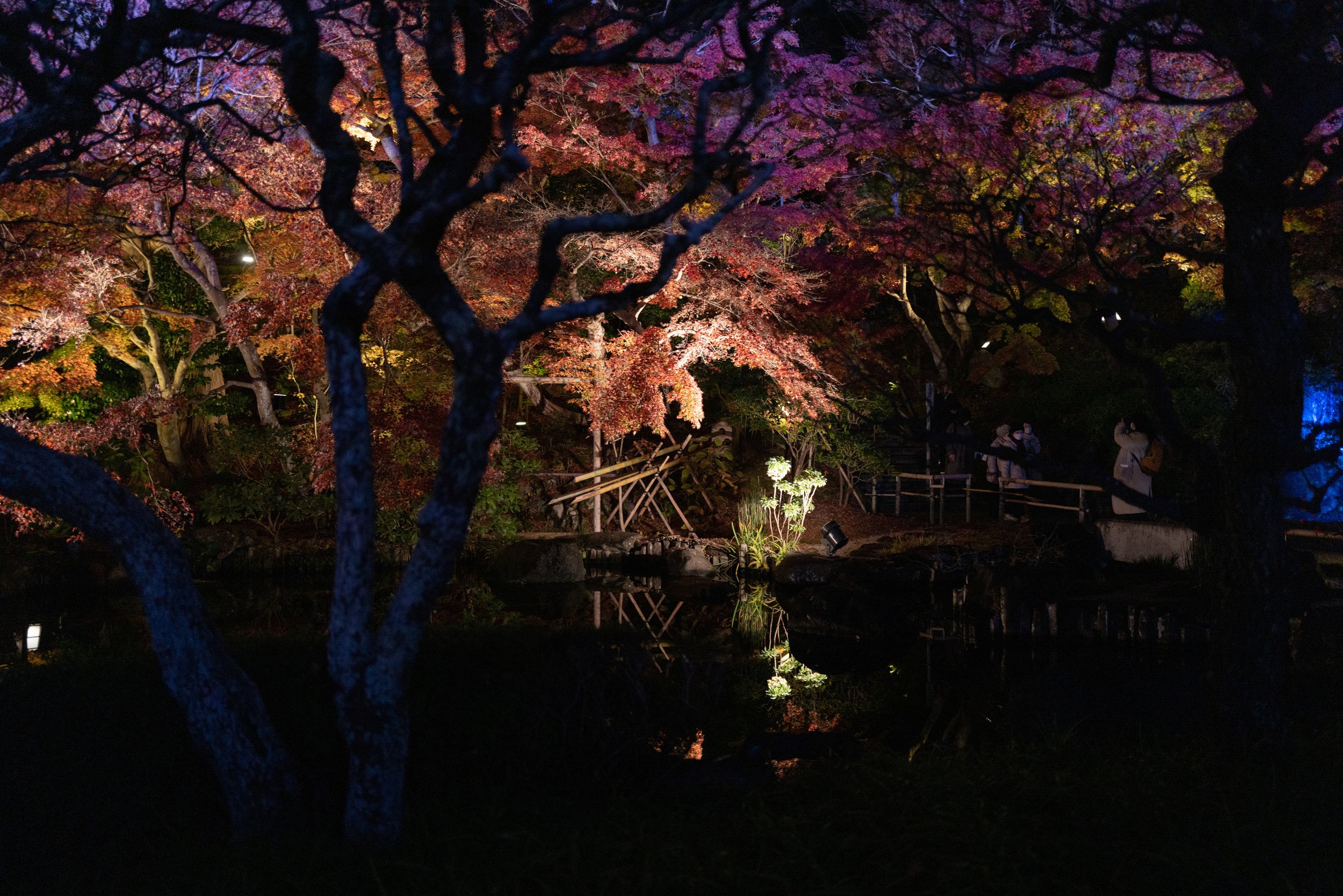



Ocean and trails
Kamakura overlooks the ocean. The beach is an easy 15-minute walk from Kamakura Station.
The Kamakura Sea
Close to Hase is the coast and in particular Yuigahama Beach. In summer, you might be tempted to visit it to see if swimming is possible. It is an unequipped beach frequented mainly by fishermen and surfers. It is located inside an inlet so it is not possible to see Fuji as from other beaches (nearby Zushi and Inamuragasaki).
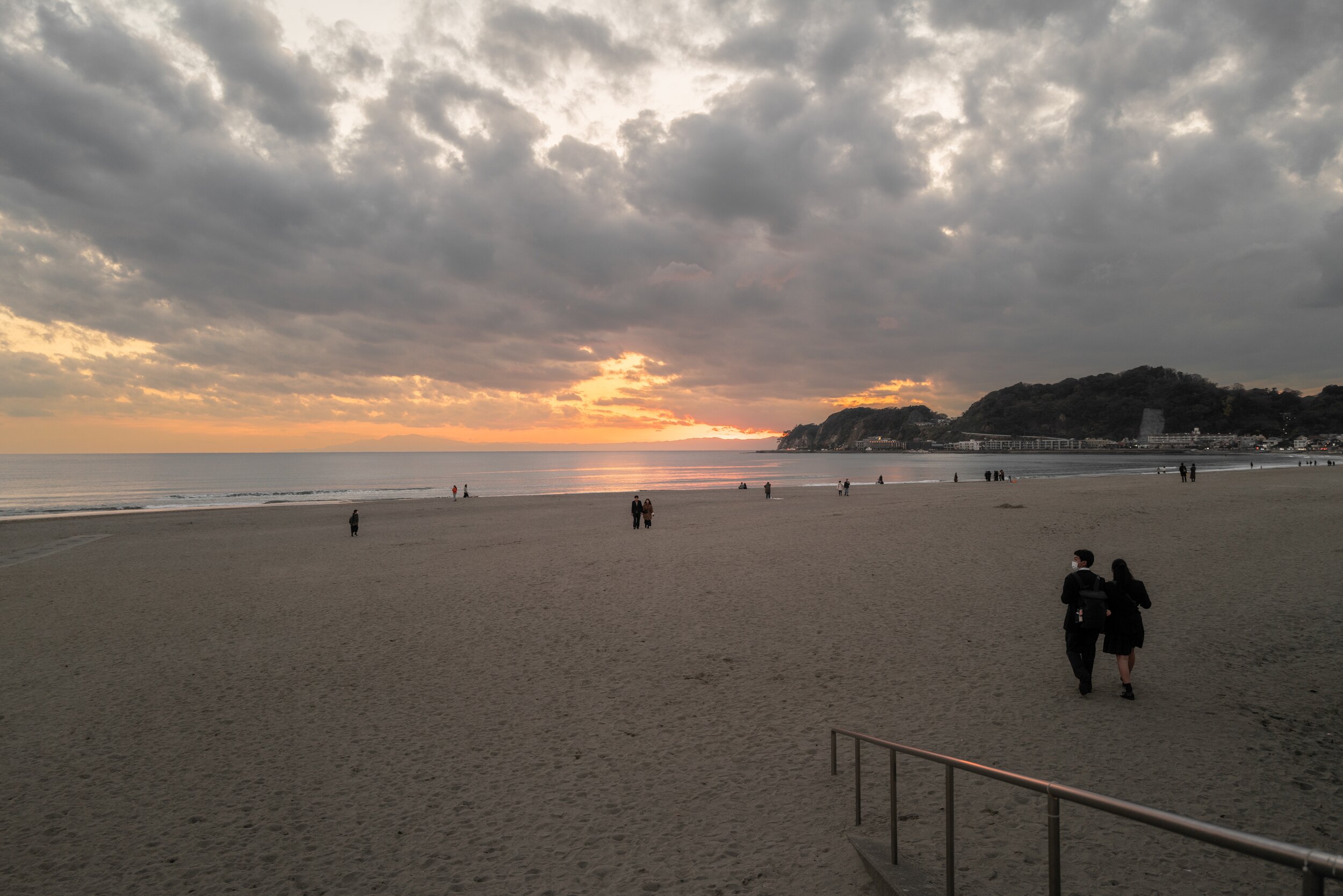


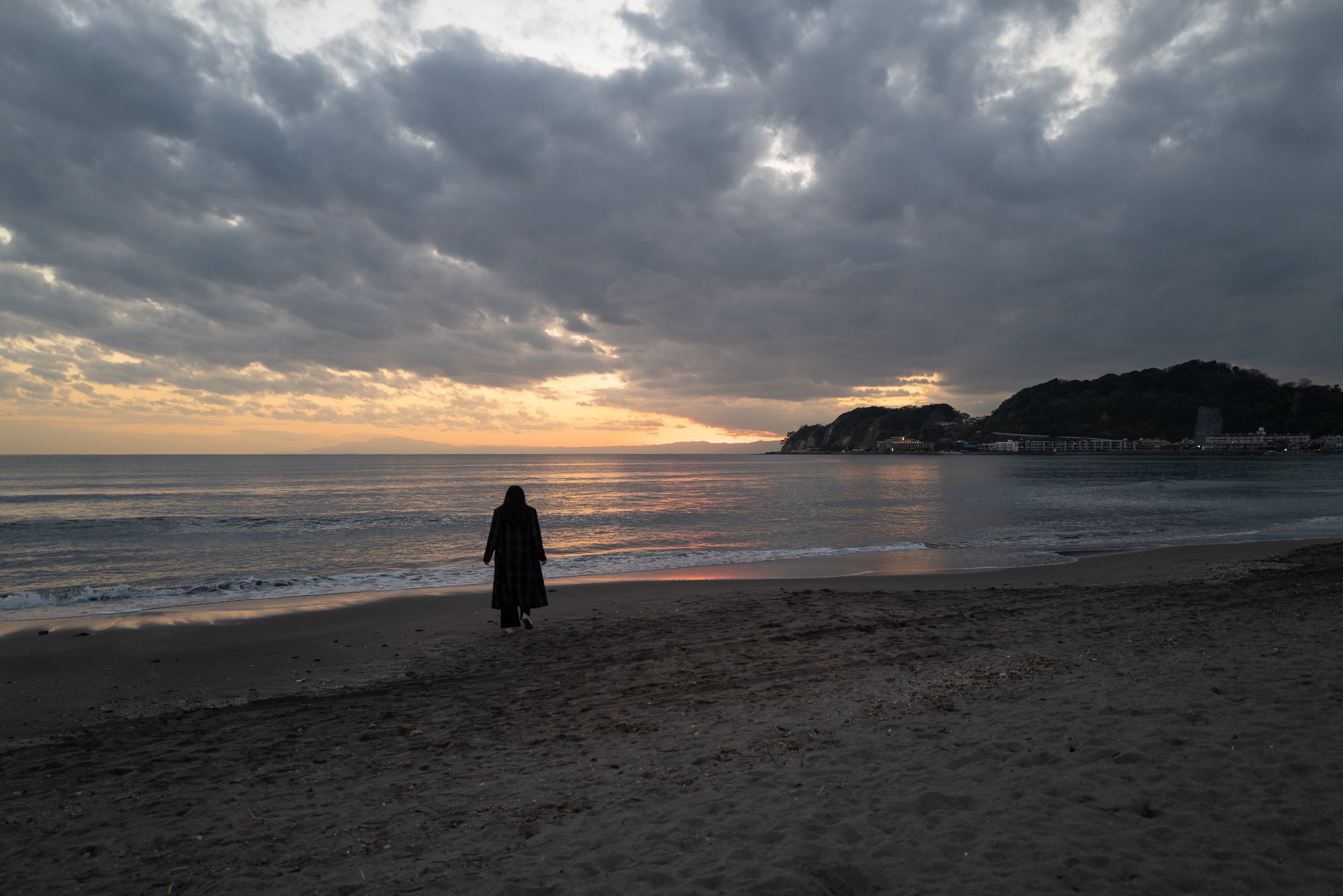


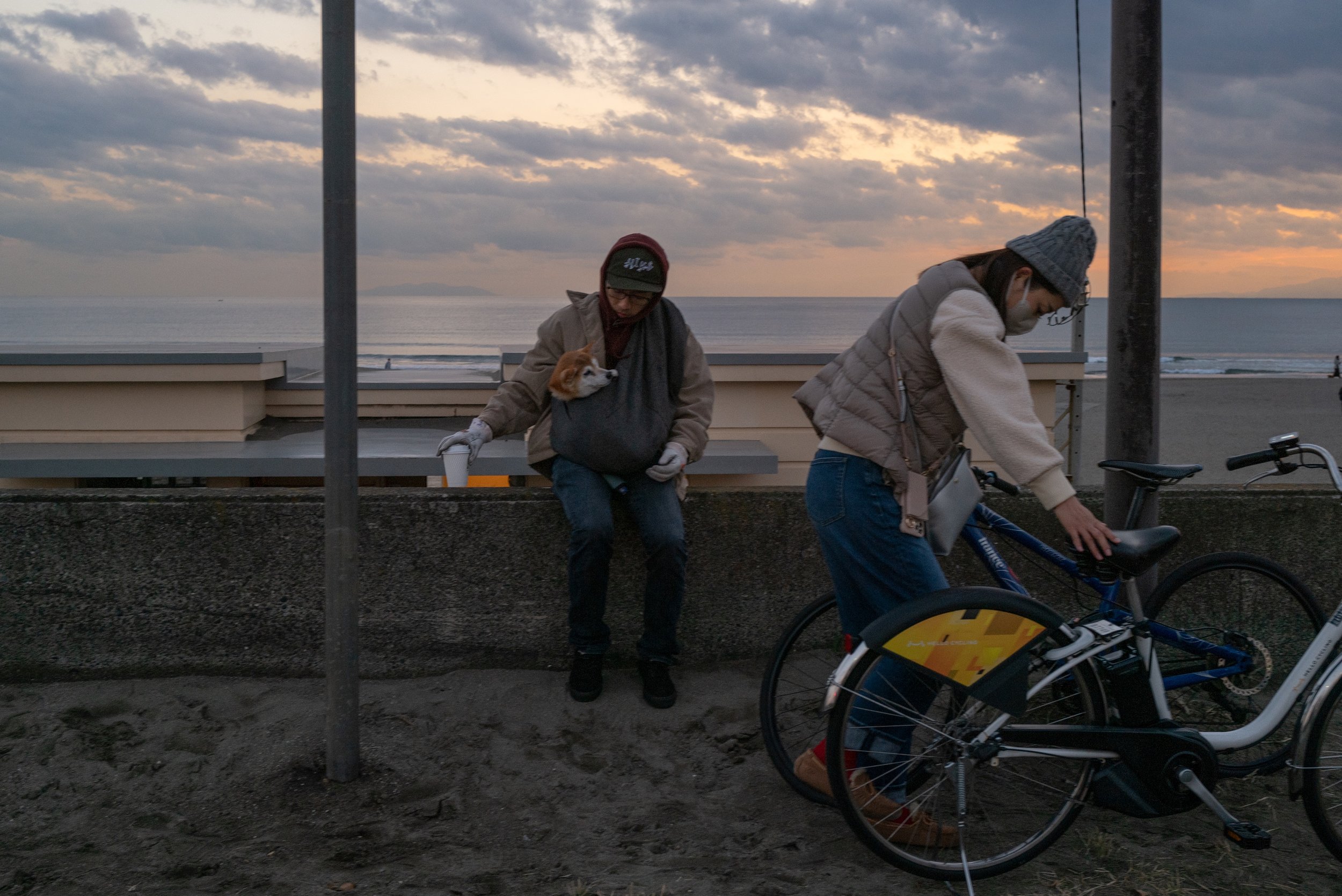
Hokoku-ji
This temple is the furthest from all the others and those who want to reach it can choose between cycling or a short bus ride. Although I feel like recommending it, it is the first one to be taken off the list due to time constraints. The beauty of this temple is definitely the garden, which houses not only a small bamboo forest but also a large number of hydrangeas and other flowers that, if at the right time of year, show themselves in all their splendour. Recommended especially in spring, June (for the hydrangeas) and in autumn for the momiji.
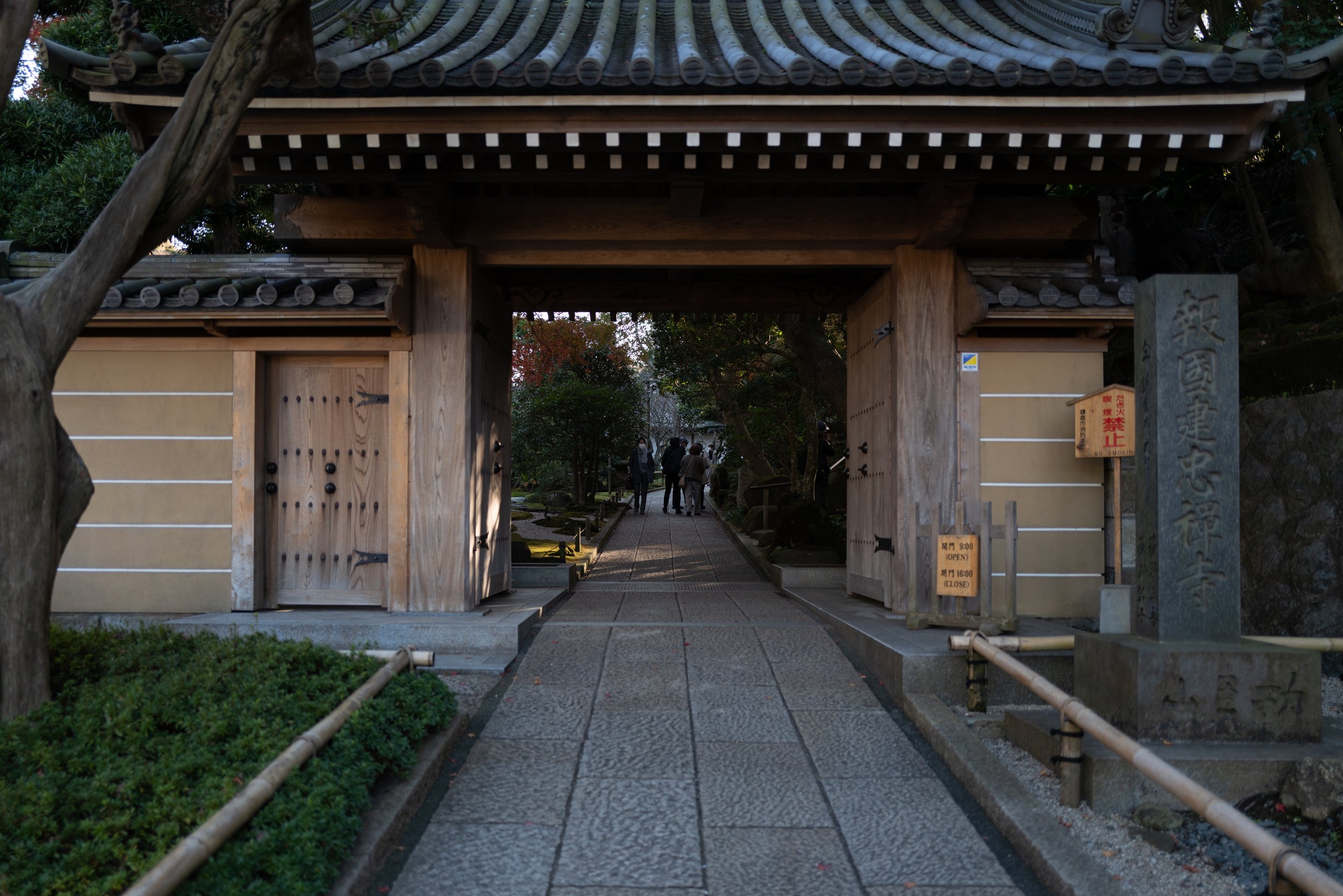


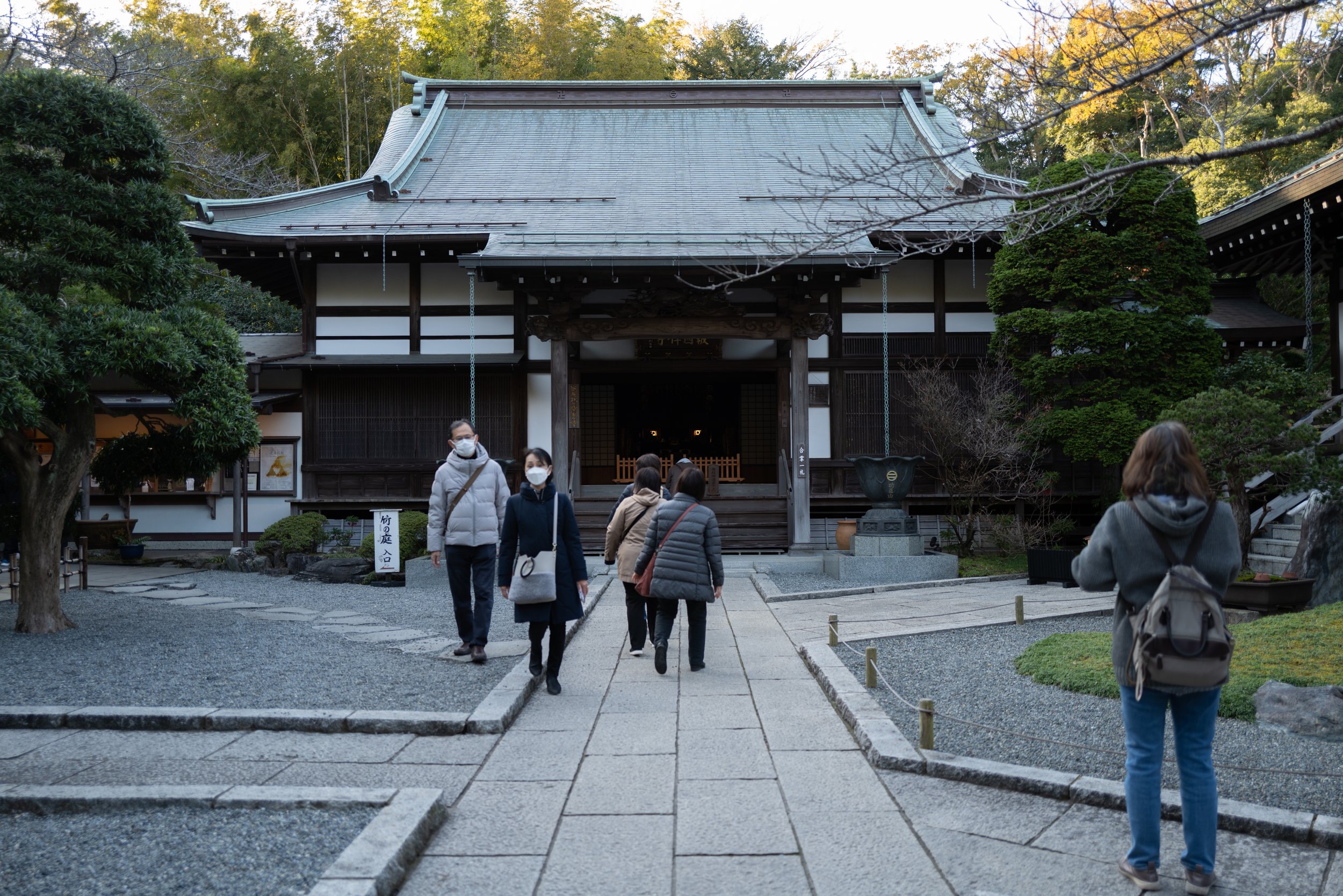

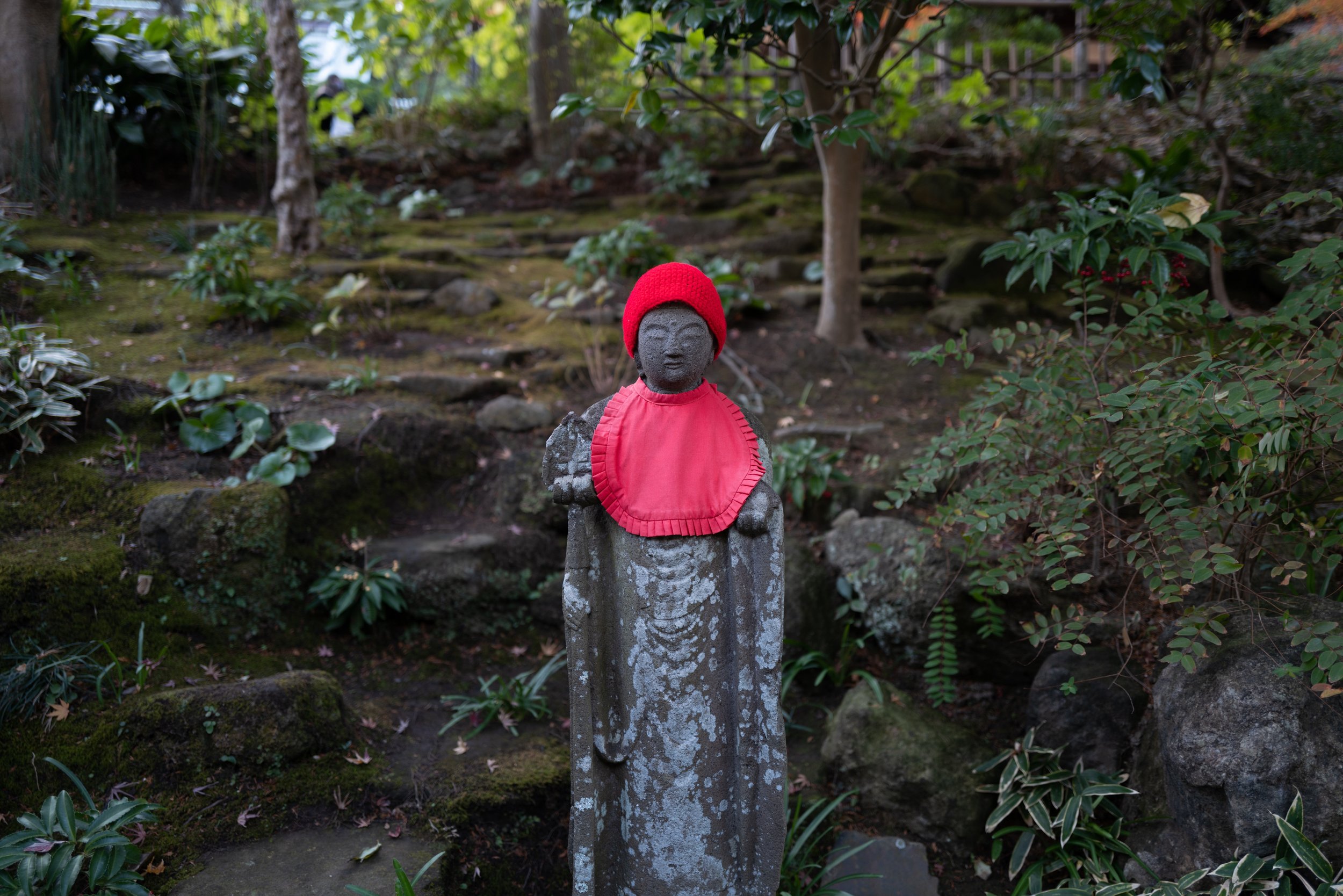

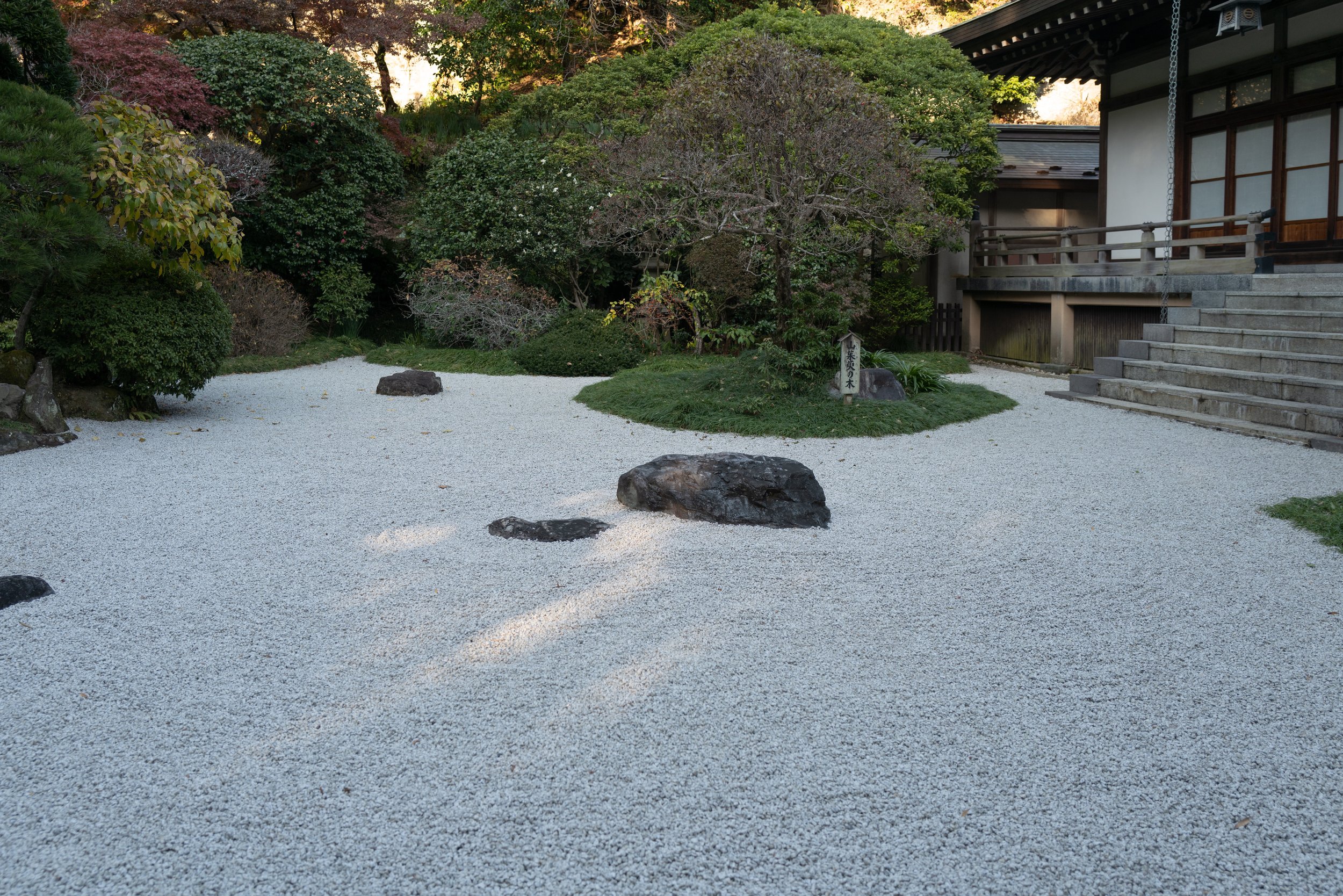

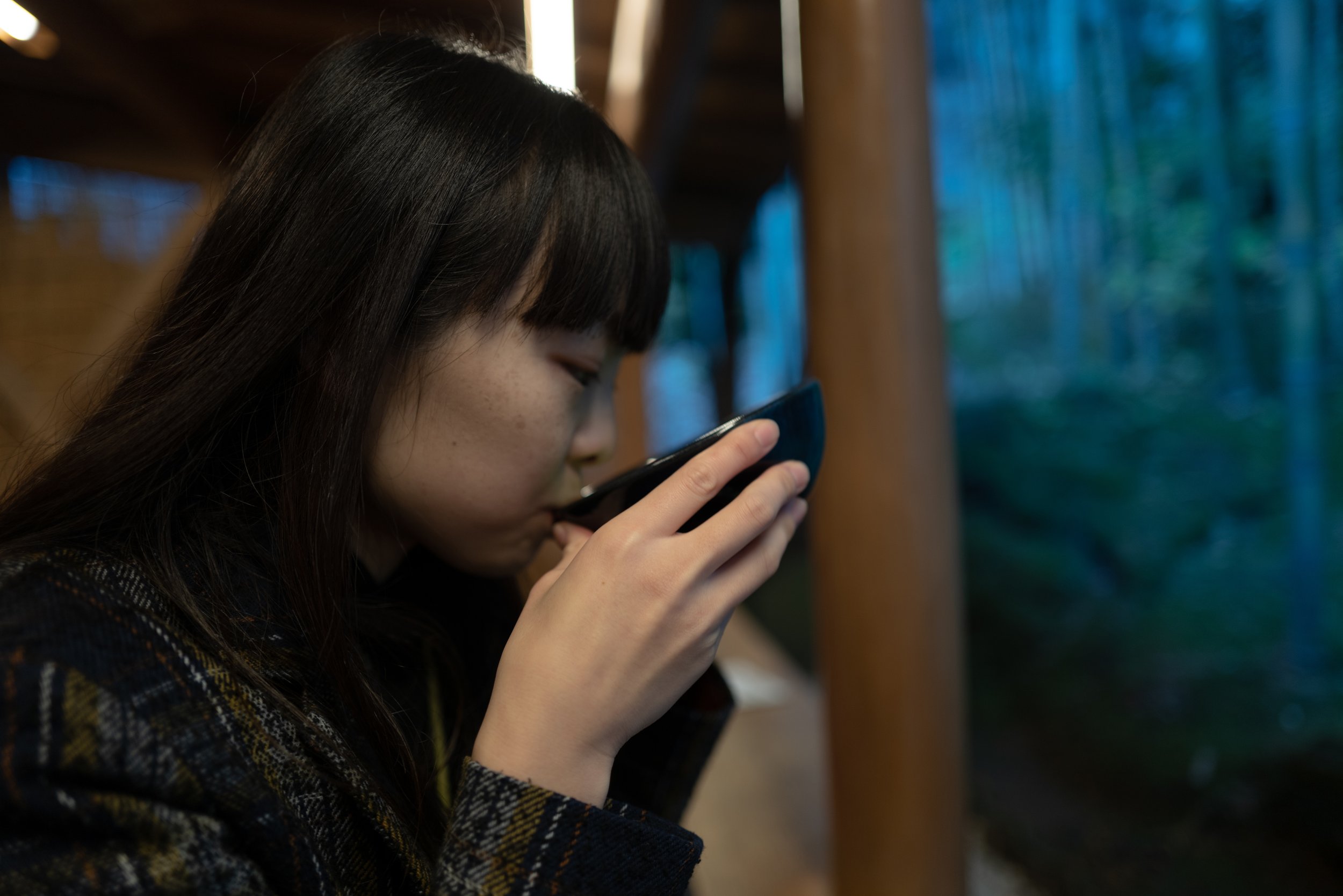


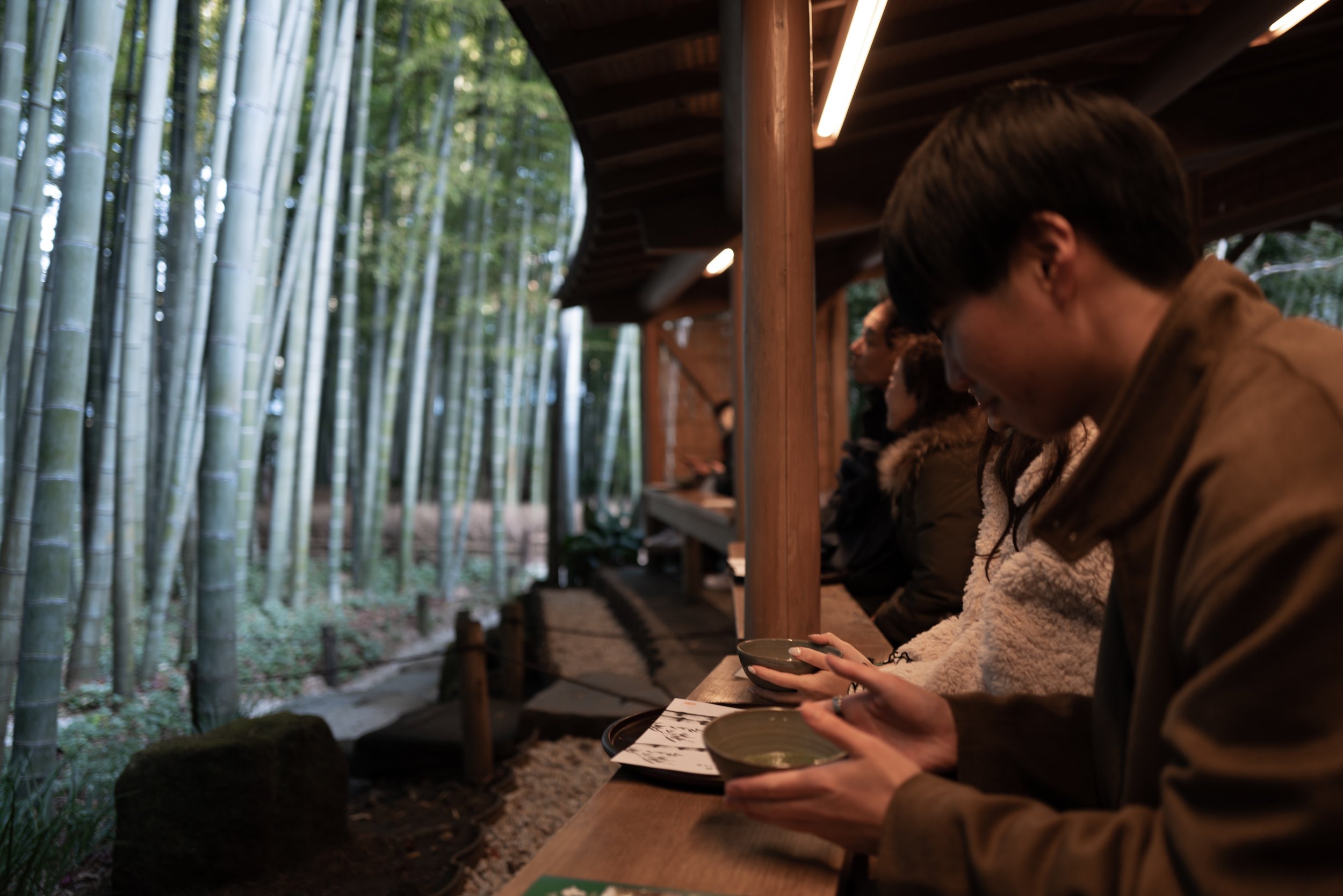
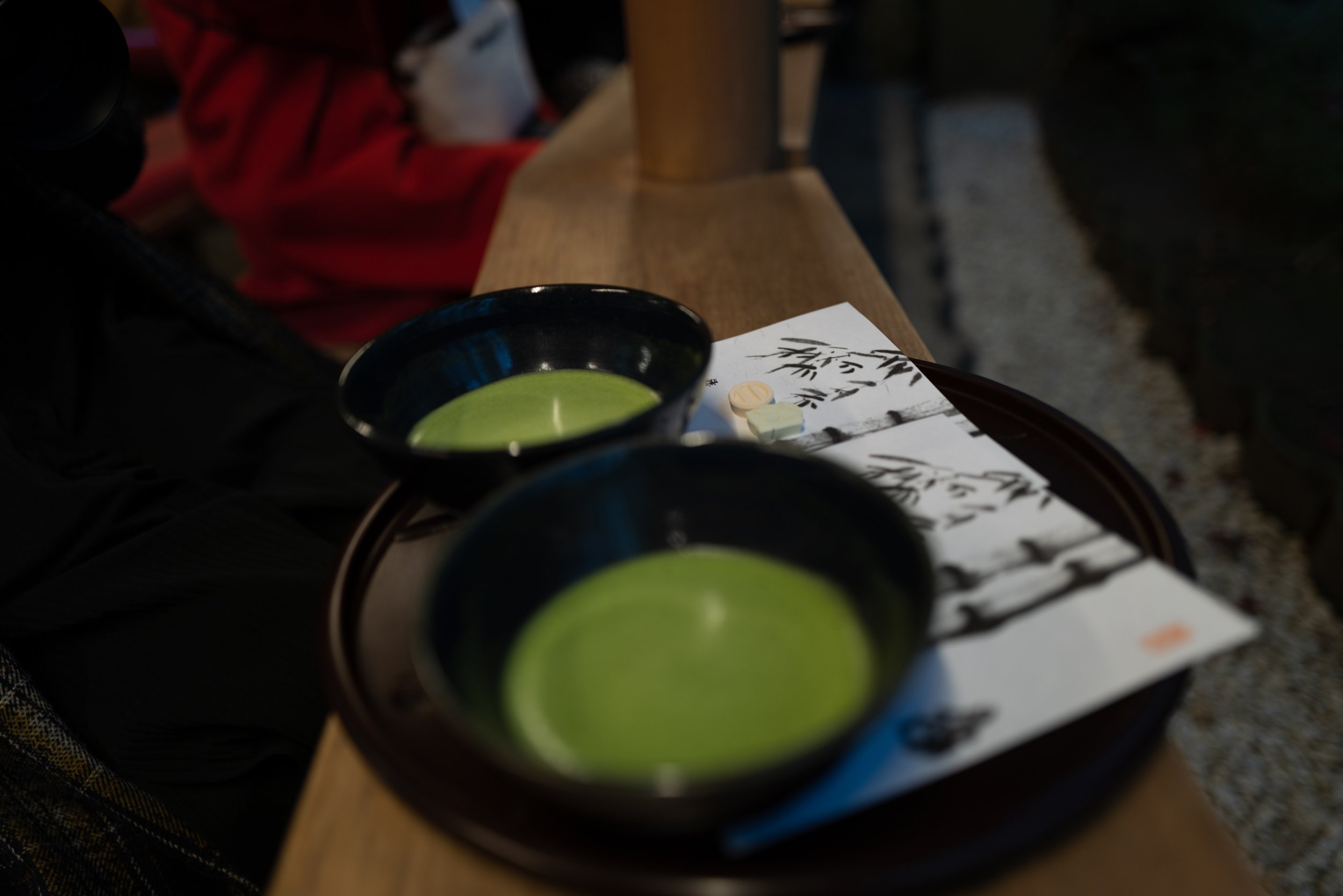









Book Giorgio + Koharu - Japan Tour
14 days of Japanese experiences with native japanese guide
Places to visit: the futuristic Tokyo, traditional Japan Kyoto, natural and wild Hokkaido and Okinawa paradise islands.
Food and drinking experiences: Ramen, Soba, Sushi, Isakaya drinking bar, Karaoke
Traditional Japanese experiences: Shodo Japanese calligraphy, Ikebana flower lesson, fortune telling.
Explore Japanese destinations
JAPAN
Tokyo
National Museum of Western Art
Transports
Suggestions:
Cherry Blossoms - Sakura Hanami
HOKKAIDO
Moerenuma park - Sapporo Isamu Noguchi Park
Susukino - Sapporo Entratainement and Red Light District
OTHER PLACES:
OKINAWA





